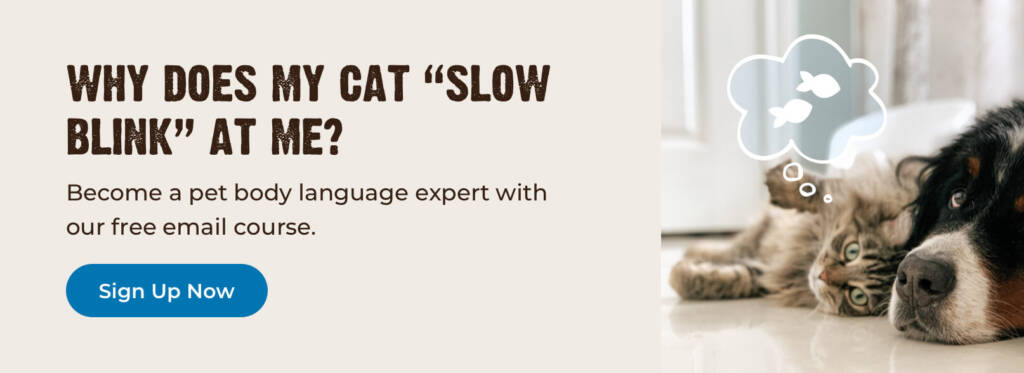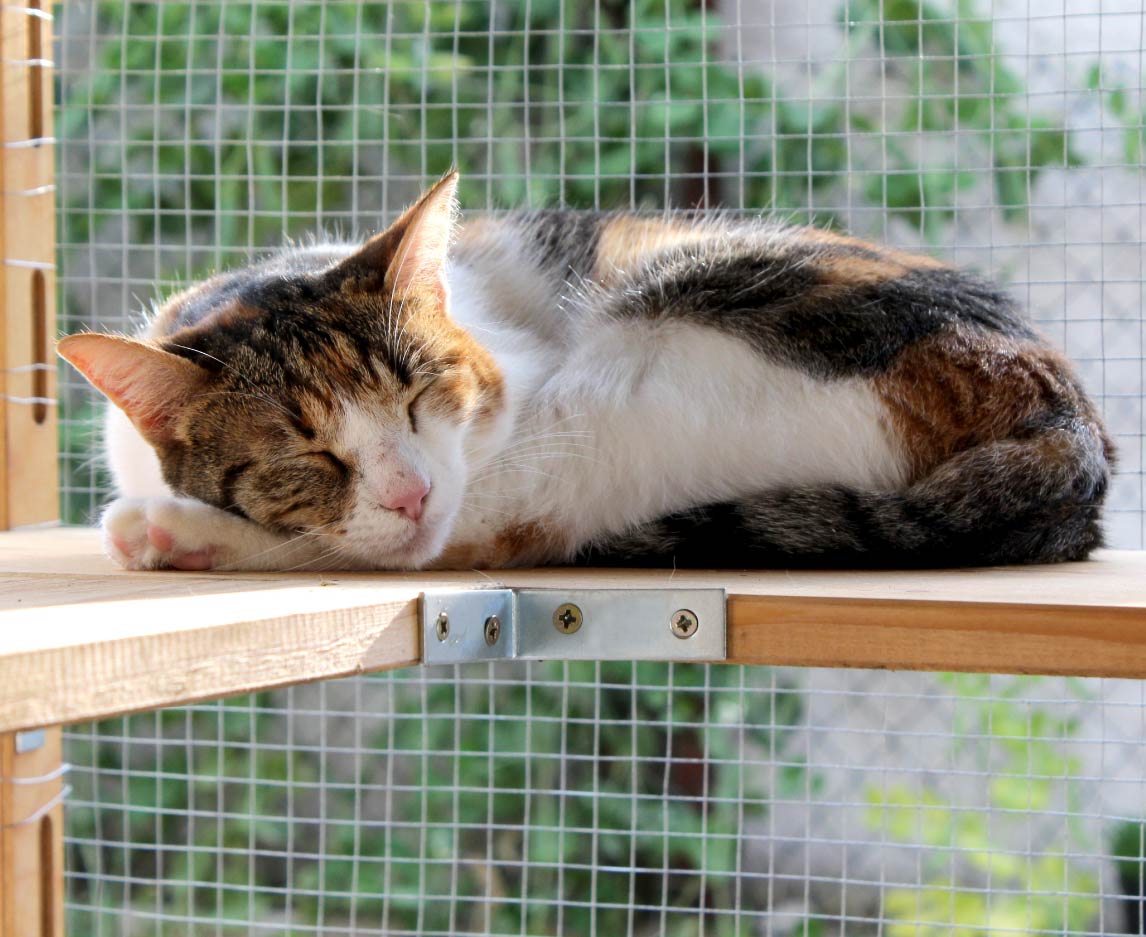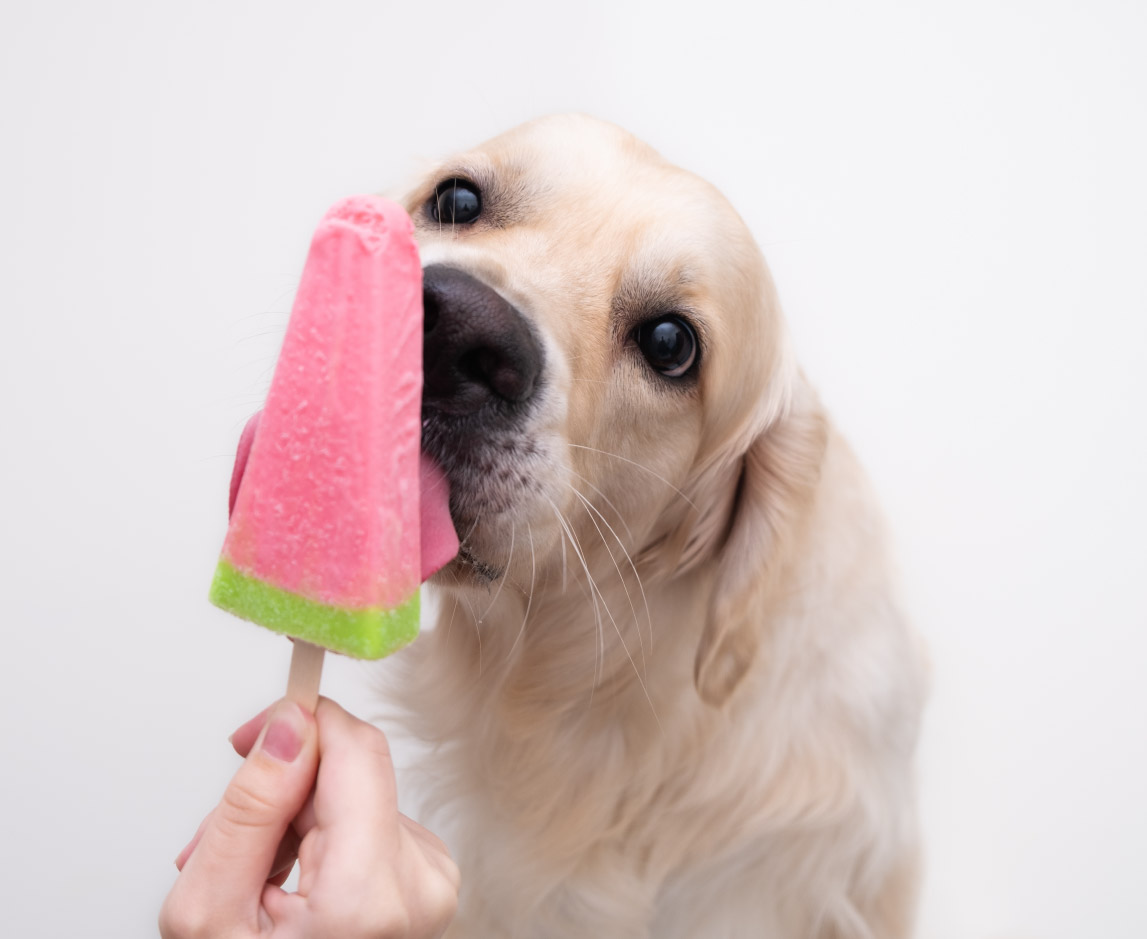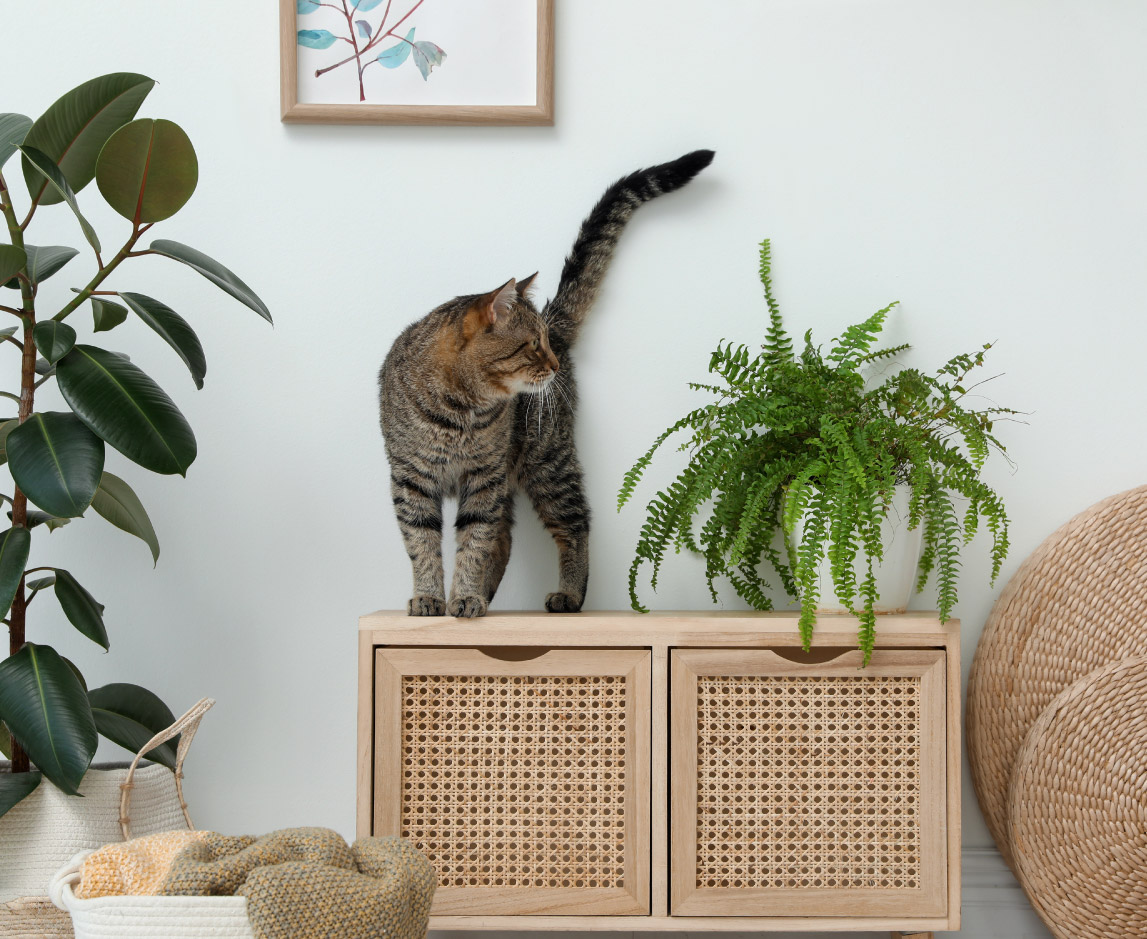Dog parents might think the title of this article is simply a foolish question — of course your dog loves you! Most dog owners can describe the overwhelming show of affection they receive after a long day away from their pet. Licking, a lashing tail, jumps and excited yipping — few things can match the energy of a warm welcome from your dog!
That said, there are a handful of specific ways your dog might convey their affection for you. Let’s take a look at ten ways that dogs show love to their people.
Do Dogs Love Their Owners? The Science Behind Dogs & Emotions
Canine affection is one of those things we might take for granted without needing any supporting evidence. Even if we “just know” our dog loves us, animal behavior consultant and award-winning author Amy Shojai has a scientific explanation:
“The hormone oxytocin is released (in both dogs and people) when they interact/have contact with someone they like,” Shojai says. “This ‘love hormone’ helps cement and increase the bond we share … it’s also the hormone that floods the system of new moms to amp up attachment to new babies.”
Furthermore, a study by Canine Cottages found that dog’s biometric markers are affected by seeing or interacting with their favorite humans: Hearing the words “I love you” resulted in a 46.2% increase in heart rate, while cuddling caused a calming 22.7% decrease.
That said, Jim McGetrick, a Ph.D. candidate at the University of Veterinary Medicine in Vienna, clarifies that “love” as humans understand it might have less to do with the relationship.
“I would say the jury is out on the question of love,” McGetrick says. “What we do know is there is an attachment bond there [like the one between a human infant and its parent]. That’s one of the most salient features of the relationship.”
Ten Ways to Tell If Your Dog Loves You
Now that we have some science to back up our suspicions, here are ten canine behaviors that surely look a lot like love.
1. Gets Excited To See You
One of life’s true joys is the excitement of a dog’s greeting. Sometimes, this excitement can even lead to light urination, which is particularly common among puppies. Fortunately, as a dog develops more muscular control, this side effect should subside.
2. Seeks Physical Contact
If you have a close relationship with your dog, you may have noticed that your dog constantly seeks to be in contact with you. Whether they’re sitting or laying on your feet, curling up next to you on the couch or wedging themselves into a space on your bed, dogs express attachment through physical connection.
3. Wants to Sleep Near You
Whether or not you allow your dog to sleep in your bed is a matter of individual choice. Regardless, chances are that your dog desires to be in close proximity to you while slumbering, whether that’s in their own bed in the corner or right outside the bedroom door.
4. Gives You Loving Eyes & Holds Eye Contact
While making prolonged eye contact with unfamiliar dogs or cats can send a threatening message, our close canine companions can find it soothing. In fact, when dogs are nervous or feel vulnerable they tend to seek eye contact with their owners for reassurance.
>>Related Reading: How to Read Cat Body Language
5. Checks In On You
Dogs seem to sense that we need company or comfort if we’re ill, sad or injured. Dog owners also notice this when exploring new environments with their pets. For example, writer Elisabeth Grier describes how her dog Ralph behaves during a hike. “[Ralph] tends to jog ahead of me on the trail, but always stops at a bend to turn back and check that I’m close behind,” Grier says. “If your dog makes regular, visual contact with you in new environments, it means your bond is strong.”
6. Licks You
Although not everybody finds it cute or endearing, dogs lick their owners in a canine version of a kiss. Dogs will often lick people in greeting, though you can train your dog to stop using positive affirmation if you don’t enjoy it.
7. Share Toys & Delivers Them to You as Gifts
If your dog brings you their toys, they may be expressing more than a desire to play. Your dog may be showing affection and trust by offering to share their treasured possessions.
>>Related Reading: How to Understand Dog Body Language
8. Thinks You’re More Exciting Than Food
Whether it’s the sound of your voice, seeing you across the room or even hearing your name, almost nothing gets your dog as excited as seeing you. While it may not be true of all dogs (try saying “treat!” in front of yours), a recent study showed that a majority of dogs had a stronger neural reaction to praise from their owner than the promise of food.
9. Carries Your Shoes, Socks & Clothes Around
Dog owners may often find their shoes or various articles of clothing scattered about the house, with no memory of putting them there. This is your dog’s way of keeping you close by — sometimes your belongings are the next best thing to you! To ease separation anxiety when you’re away from home, leave your dog with a sanctioned article of your worn clothing as a comfort object.
10. Smiles at You
Dogs and people differ in many ways, but something we have in common is a tendency to convey emotion through facial expression. For instance, dogs can indeed smile, although it may not look exactly like the expression we recognize from our fellow humans (unless you know someone who sticks their tongue out and pants when happy). Scientific conclusions vary when it comes to canine smiles, but many animal behaviorists see dogs as great copiers of human behavior who have learned to incorporate the smile to ingratiate themselves to us.
How to Tell Your Dog You Love Them
Now that you know all of this about your dog’s “love language,” how can you return the favor? Kristen Levine, a nationally acclaimed pet expert with over 30 years in the industry, offers the following ways to communicate your love to your dog:
Rub their ears: Dogs generally get an endorphin release when petted, but a rub behind the ears can be particularly pleasurable.
Lean on them: Just as dogs use physical connection to communicate affection and trust, gently pressing on your dog while sitting or standing is an effective way to send your own message of love.
Gaze into their eyes: Another way to raise your dog’s oxytocin levels naturally is by softly looking into their eyes. When coupled with a gentle voice and even a raised eyebrow, this behavior is interpreted as a sign of affection.
Have fun together: This may seem like a no-brainer, but dogs have the ability to sense emotion. If they know you’re having fun, it’s like a reward for them, which enhances their own joy. Even better, find a playful physical activity that benefits both your and your dog’s health!
Good old snuggling: If you love your dog, snuggling might come naturally. But Levine says that, due to dogs’ natural instinct as pack animals, they receive a sense of safety and security from close contact.
The Human- Dog Bond
Although it doesn’t necessarily take a scientist or careful analysis to tell if our dogs love us, it helps to have some official confirmation. If dog owners can gain a deeper understanding of their pet’s behavior — and better yet, reciprocate in ways they understand — it serves to strengthen that special human-dog bond.
Even if your dog loves you more than food, it doesn’t hurt to have their favorites close at hand. Feeding your dog a high-protein, minimally processed diet can do wonders for their energy levels, physique and overall longevity, and can help you enjoy many years with your best friend. Explore our line of wet and dry options for dogs, and prepare for wagging tails at every mealtime!







